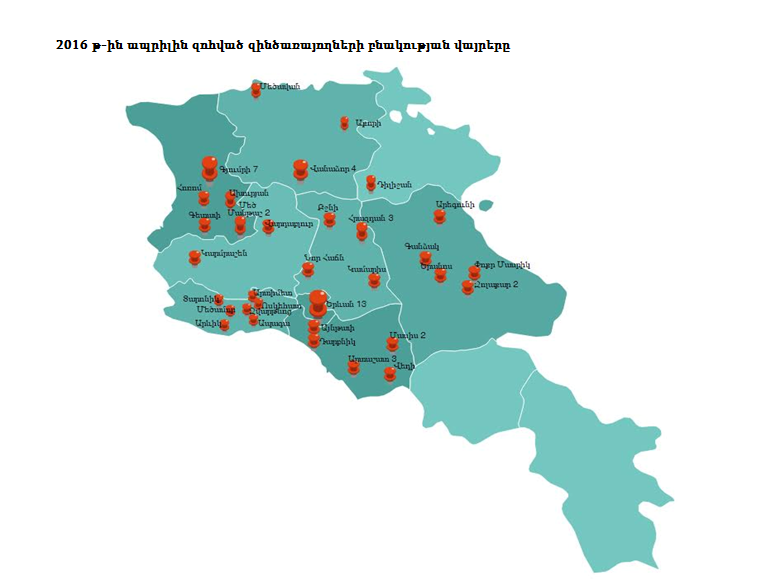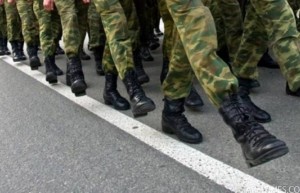Nazeli Movsesyan, Coordinator of the Civilian Oversight Department of the Vanadzor Office of the Helsinki Citizens’ Assembly, stated in an interview with Aravot.am: “During 2010-2024, we recorded more than 1,000 deaths of servicemen. If we exclude deaths due to purely military operations, the number of deaths of servicemen in non-combat situations is very large. We have an average of 50+ cases per year. In all the years we have observed, since 2010, more than 70% of the more than 1,000 deaths have occurred in non-combat situations, which is worrying, especially those cases that occur as a result of non-statutory relations: murders, suicides, and sometimes there are also cases due to violations of the rules for the use of weapons.”
Lawyers complain about the ineffectiveness of investigating cases of servicemen who died in peacetime; the Investigative Committee claims that these cases are assigned to experienced investigators.
According to Ani Chatinyan, a lawyer at the HCAV office, if we do not record the implementation of this goal in at least one percent of the cases occurring today from a legal perspective, we must say that the effectiveness of the investigation is zero. “Over the past few months, we have had judgments made by the ECHR against the Republic of Armenia within the framework of protecting the rights of servicemen who died in peacetime, in all of which a violation of substantive law has been recorded, that is, it is recorded that the state is violating the right to life, and in all cases the European Court notes in its analysis that no investigative and procedural actions were carried out that would have been aimed at revealing what happened. There was no effective investigation, that is, due diligence was not exercised to achieve the disclosure of what happened.”
Unfortunately, domestic processes take years, the ECJ adds up to 5-7 years, and, in fact, from the average case to the execution of the judgment, within 15 years, much evidence may have disappeared or the existing evidence may have lost its evidentiary value, no longer being suitable for confirming and denying certain factual circumstances. In other words, cases may objectively reach a dead end, and it may not be possible to identify the criminals. Details in the video.
You can read the full article at this address: https://www.aravot.am/2024/09/02/1440566/
© 1998 – 2024 Aravot – News from Armenia




